#Conway tearle
Explore tagged Tumblr posts
Text

5 notes
·
View notes
Text
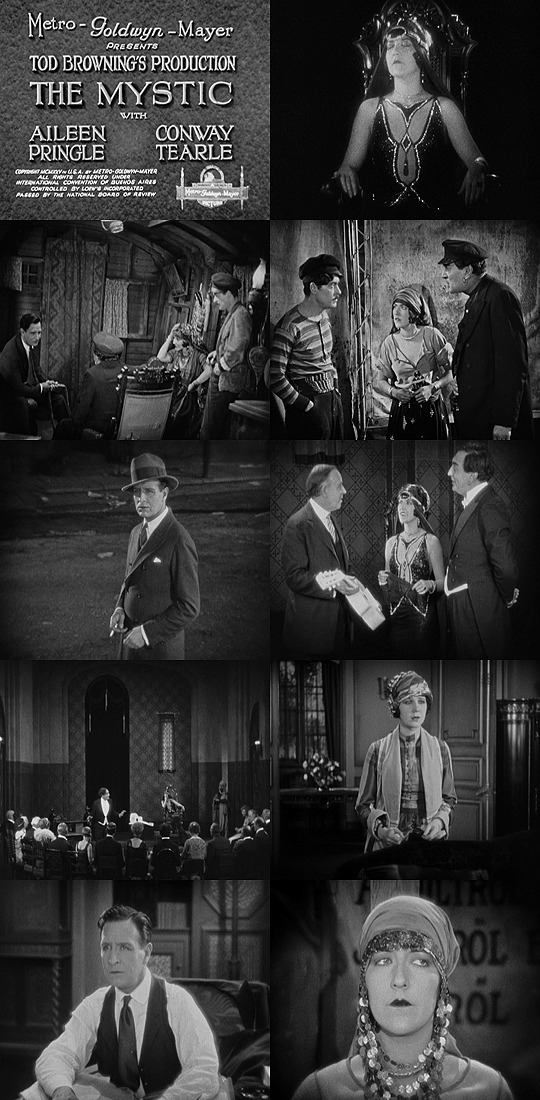

Films Watched in 2024: 32. The Mystic (1925) - Dir. Tod Browning
#The Mystic#Tod Browning#Aileen Pringle#Conway Tearle#Mitchell Lewis#Robert Orber#Gladys Hulette#Stanton Heck#DeWitt Jennings#Silent Cinema#Films Watched in 2024#My Edits#My Post
2 notes
·
View notes
Text

Clara Bow-Conway Tearle "Madres que bailan" (Dancing mothers) 1926, de Herbert Brenon.
7 notes
·
View notes
Text




The Lady Who Dared (1930) William Beaudine
August 31st 2024
#the lady who dared#1930#william beaudine#billie dove#conway tearle#sidney blackmer#judith vosselli#cosmo kyrle bellew#lloyd ingraham#mathilde comont#ivan f. simpson#The Devil's Playground#pre-code
1 note
·
View note
Text
Now watching:

1 note
·
View note
Text
THE MYSTIC:
Circus fake psychic
Makes it big in the city
Plots to con heiress
youtube
#the mystic#random richards#poem#haiku#poetry#haiku poem#poets on tumblr#haiku poetry#haiku form#poetic#criterion collection#tod browning#Aileen Pringle#Conway tearle#Mitchell Lewis#Robert ober#Stanton heck#David Torrence#Gladys Hulette#Dewitt Jennings#Youtube
0 notes
Text








The White Moth (1924)
[letterboxd | imdb]
Director: Maurice Tourneur
Cinematographer: Arthur L. Todd
Performers: Barbara La Marr, Charles de Rochefort, Ben Lyon & Conway Tearle (Mitzi the dog uncredited)
#1920s#1924#Maurice Tourneur#Barbara La Marr#my gifs#filmgifs#silent cinema#cinema#classic cinema#classic film#film#filmblr#classic movies#american film#silent movies#silent film
29 notes
·
View notes
Text
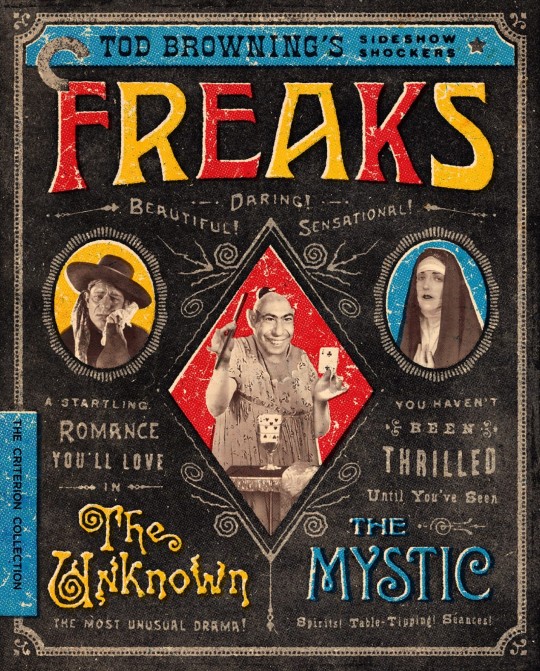
Tod Browning's Sideshow Shockers will be released on Blu-ray and DVD on October 17 via The Criterion Collection. The set collects three films directed by Tod Browning: Freaks, The Unknown, and The Mystic.
Freaks (also known as The Monster Story, Forbidden Love, and Nature's Mistake) is a 1932 horror film written by Willis Goldbeck and Leon Gordon. Wallace Ford, Leila Hyams, Olga Baclanova, and Roscoe Ates star.
The Unknown is a 1927 silent horror film written by Waldemar Young. Lon Chaney, Norman Kerry, Joan Crawford, and Nick De Ruiz star.
The Mystic is a 1925 silent drama film written by Browning and Young. Aileen Pringle, Conway Tearle, and Mitchell Lewis star.
Freaks has been digitally restored in 2K with uncompressed monaural sound. The Unknown has been digitally reconstructed and restored in 2K with a new score by composer Philip Carli. The Mystic has been digitally restored in 2K with a new score by composer Dean Hurley.
Raphael Geroni designed the cover art. Special features are detailed below.
Special features:
Freaks audio commentary by film scholar David J. Skal
The Unknown audio commentary by film scholar David J. Skal
The Mystic introduction by film scholar David J. Skal
Interview with author Megan Abbott about director Tod Browning and pre-Code horror (new)
Freaks archival documentary
"Spurs" - Reading of Tod Robbins' short story on which Freaks is based
Freaks prolgue, added to the film in 1947
Freaks alternate endings featurette
Freaks portrait video glalery
Essay by film critic Farran Smith Nehme
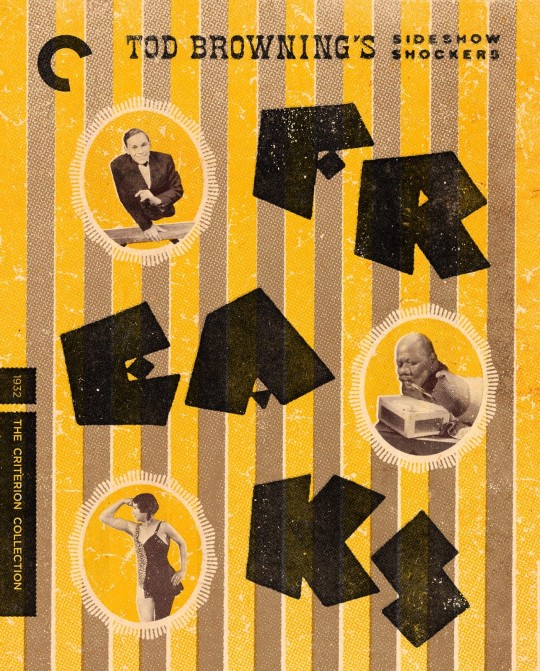
The most transgressive film produced by a major American studio in the 1930s, Tod Browning’s crowning achievement has haunted the margins of cinema for nearly one hundred years. An unforgettable cast of real-life sideshow performers portray the entertainers in a traveling circus who, shunned by mainstream society, live according to their own code—one of radical acceptance for the fellow oppressed and, as the show’s beautiful but cruel trapeze artist learns, of terrifying retribution for those who cross them. Received with revulsion by viewers upon its initial release, Freaks effectively ended Browning’s career but can now be seen for what it is: an audacious cry for understanding and a singular experience of nightmarish, almost avant-garde power.

The most celebrated and exquisitely perverse of the many collaborations between Tod Browning and his legendary leading man Lon Chaney, The Unknown features a wrenchingly physical performance from “the Man of a Thousand Faces” as the armless Spanish knife thrower Alonzo (he flings daggers with his feet) whose dastardly infatuation with his beautiful assistant (Joan Crawford)—a woman, it just so happens, who cannot bear to be touched by the hands of any man—drives him to unspeakable extremes. Sadomasochistic obsession, deception, murder, disfigurement, and a spectacular Grand Guignol climax—Browning wrings every last frisson from the lurid premise.

A fantastically atmospheric but rarely seen missing link in the development of Tod Browning’s artistry, set amid his favored milieu of shadowy sideshows and clever criminals, The Mystic provides a striking showcase for silent-era diva Aileen Pringle, who sports a series of memorably outré looks (courtesy of art-deco designer Erté) as Zara, a phony psychic in a Hungarian carnival who, under the guidance of a Svengali-like con man (Conway Tearle), crashes—and proceeds to swindle—American high society. Browning’s fascination with the weird is on full display in the eerie séance sequences, while his subversive moral ambiguity extends surprising sympathy to even the most seemingly irredeemable of antiheroes.
#tod browning#freaks#the unknown#the mystic#criterion#the criterion collection#criterion collection#dvd#gift#raphael geroni#horror#classic horror#lon chaney#joan crawford#silent horror
122 notes
·
View notes
Text

Leslie Howard and Norma Shearer in Romeo and Juliet (George Cukor, 1936)
Cast: Norma Shearer, Leslie Howard, John Barrymore, Edna May Oliver, Basil Rathbone, C. Aubrey Smith, Andy Devine, Conway Tearle, Ralph Forbes, Henry Kolker. Screenplay: Talbot Jennings, based on a play by William Shakespeare. Cinematography: William H. Daniels. Art direction: Cedric Gibbons, Frederic Hope, Oliver Messel, Edwin B. Willis. Film editing: Margaret Booth. Music: Herbert Stothart.
If Shakespeare's Juliet could be played, as it was in its first performances, by a boy, then why shouldn't she be played by 34-year-old Norma Shearer? Truth be told, I don't find Shearer's performance that bad: She lightens her voice effectively and her girlish manner never gets too coy. It also helps that William H. Daniels photographs her through filters that soften the signs of aging: She looks maybe five years younger than her actual age, if not the 20 years younger that the play's Juliet is supposed to be. I'm more bothered by the balding 43-year-old Leslie Howard as her Romeo, though he had the theatrical training that makes the verse sound convincing in his delivery. And then there's the 54-year-old John Barrymore as Mercutio, who could be Romeo's fey uncle but not his contemporary. In fact, Barrymore's over-the-top performance almost makes this version of the play a must-see -- we miss him more than we do most Mercutios after his death. Edna May Oliver's turn as Juliet's Nurse is enjoyable, if a bit of a surprise: She usually played eccentric spinsters like Aunt Betsy Trotwood in David Copperfield (George Cukor, 1935) or sour dowagers like Lady Catherine de Bourgh in Pride and Prejudice (Robert Z. Leonard, 1940). In the play, the Nurse rarely speaks without risqué double-entendres, but most of them have been cut in Talbot Jennings's adaptation, thus avoiding the ridiculous spectacle of Shakespeare being subjected to the Production Code censors. (Somehow the studio managed to slip in Mercutio's line, "the bawdy hand of the dial is now upon the prick of noon.") Some of the other pleasures of the film are camp ones, such as Agnes deMille's choreography for the ball, along with the costume designs by Oliver Messel and Adrian, which evoke early 20th-century illustrators like Walter Crane or Maxfield Parrish. No, this Romeo and Juliet won't do, except as a representation of how Shakespeare's play was seen at a particular time and place: a Hollywood film studio in the heyday of the star system. In that respect, it's invaluable.
17 notes
·
View notes
Text
CURTAIN UP!
Lucy On Stage ~ Act 4
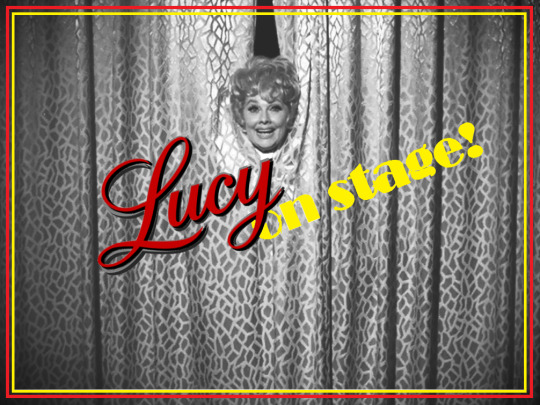
Lucille Ball’s dream was to be on Broadway. She achieved that goal in 1960, but along the way she found herself on various other stages. Here’s a look at Lucille Ball, stage actress.

In school, Lucille’s mother Dede encouraged her daughter to be active in the drama club. Lucille performed and directed with the group, staging a production of Charley’s Aunt by Brandon Thomas, which opened on Broadway in 1893. In the above photo, Lucille Ball is seated in the front row, second from the left. Her teacher was named Lillian Appleby. Lucille later honored her by naming a character on “I Love Lucy” after her.

The Celoron, New York, grammar school Lucille attended (above) has long since been razed. But a formative moment in Lucille Ball’s life occurred on this site when her stepfather, Ed Peterson, brought her to see a performance by the renowned monologist Julius Tannen in the school auditorium. As Lucy remembered, “I don’t think a stage career ever occurred to me until that night.” Lucille left school before graduating, going to New York City to attend drama school. The experiment was short-lived and Lucille returned home.
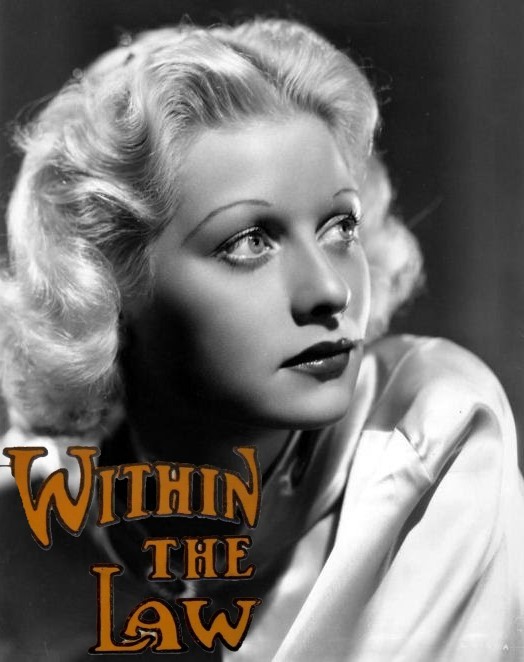
In 1929, 18-year-old Lucille Ball was cast in a production of Within the Law by Bayard Veillier – her first stage performance outside of school. Lucille played the supporting role of Agatha at Jamestown’s Shea Theatre. In 1991, the theater was formally renamed The Lucille Ball Little Theatre in a ceremony with Ball’s family in attendance.

Back in Manhattan, Lucille was cast (but quickly fired) from the chorus of two road shows of Broadway productions. Rio Rita was a New York hit produced by Flo Ziegfeld.

In a 1963 epsiode of “The Lucy Show” Lucy Carmichael says that Thelma Green (Carole Cook) once appeared in the third road company of Rio Rita. The writers used Ball’s real-life history but attributed it to Thelma.
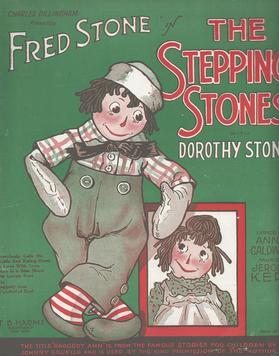
She was also in the road company of The Stepping Stones, a musical fantasy about Raggedy Ann and Andy starring Fred and Dorothy Stone. Again, Lucille was quickly let go.
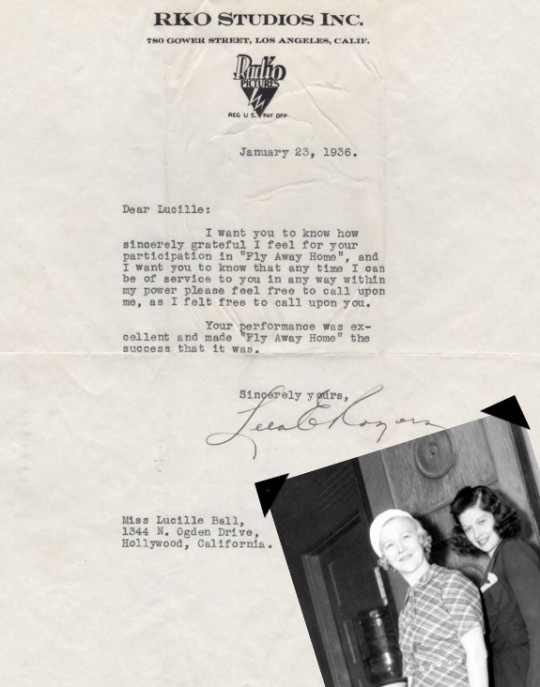
In Hollywood, Lucille Ball was coached by Lela Rogers, Ginger’s mother, on the RKO lot. At the RKO Little Theatre (later the Desilu Workshop Playhouse) Lucille appeared in several plays. In 1936 she was in Fly Away Home, a play that had appeared on Broadway the year before starring Montgomery Clift and Sheldon Leonard. Agents, Managers, and members of the public could attend for twenty five cents.

Also in 1936, she appeared in Breakfast With Vanora by Fred Ballard, which received good notices in the press. Lucille played the leading role and Barbara Pepper was in the ensemble. Above, Lela instructs John Shelton how to hold a gun while Lucy looks on.

In 1937, Lucille took a break from Hollywood to make (what she hoped) would be her Broadway debut in Hey Diddle Diddle, a play by Bartlett Cormack starring Conway Tearle. The play premiered at McCarter Theatre in Princeton, New Jersey, with a destination of the Vanderbilt Theatre on Broadway. In its second out-of-town stop in Washington DC, Tearle become gravely ill. That, combined with the fact that producers felt the script needed revisions, caused the production to be halted. Lucille returned to Hollywood. In 1953, Tearle’s name was mentioned on “I Love Lucy.” He had died in 1938.
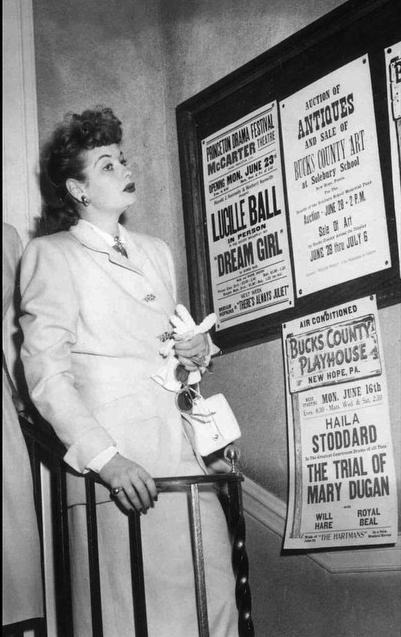
In mid-1947, now married and a successful film star, Lucille Ball again began to think about her stage aspirations and left Hollywood for the boards. She toured in a tour of Dream Girl, a fantasy play by Elmer Rice that had played Broadway in 1945.

The play’s fantasy sequences seemed tailor-made for Ball’s style and comic wit. In a way, Georgina was a prelude to the “Lucy” character on TV, who is dreaming her way out of her suburban life - and sometimes succeeding.
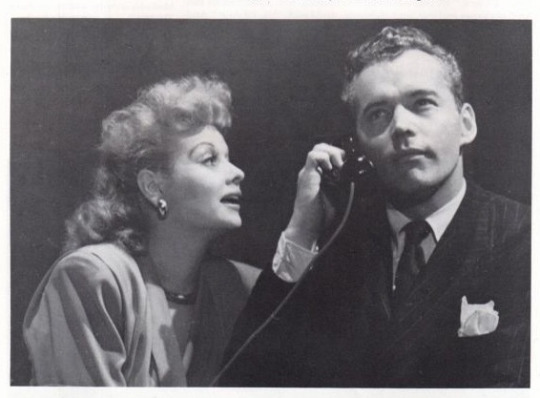
The play co-starred Scott McKay as the imaginative writer. McKay played the role of Wilbur in the 1958 pilot for TV’s “Mr. Ed” but was replaced on the series by Alan Young.

"I have seen other productions of this play, but the only actress whose performance really delighted me was Lucille Ball. She lacked… tender wistfulness, but her vivid personality and expert timing kept the play bright and alive." ~ Edgar Rice, Playwright

The tour was produced by Herbert Kenwirth who later directed 14 episodes of “Here’s Lucy.” It featured Barbara Morrison, Alan Hewitt, and Hayden Rorke, who would all later appear on Lucy sitcoms.

In January 1948, Lucille got the opportunity to recreate the role in Los Angeles, but fell ill with a virus shortly after it opened and the show closed prematurely. It wasn’t long before Lucille was back in front of a live audience, but this time on radio, as the star of the sitcom “My Favorite Husband,” which led to her meteoric success on “I Love Lucy.”

After the series came to an end in early 1960, Lucille again revived hopes of acting on Broadway. Wildcat, a new musical about by Richard Nash with songs by Cy Coleman was looking for a star. Nash had envisioned the main character of as a woman in her late 20s, and was forced to rewrite the role when 49 yearl-old Lucille Ball expressed interest not only in playing it but financing the project as well. Lucille personally chose her co-stars Keith Andes as her love interest and Pauls Stewart as her sister. Future sitcom star Valerie Harper was in the chorus (above right).
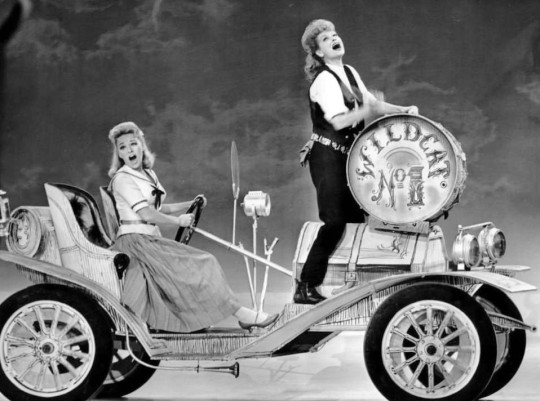
Lucille played Wildcat ‘Wildy’ Jackson, who dreams of striking oil in 1912 Centavo City, California. The score included what would become her signature tune: “Hey, Look Me Over”.

The Philadelphia tryout opened on October 29, 1960 to a glowing review from Variety, but local critics were less enthusiastic. The scheduled Broadway opening had to be postponed when trucks hauling the sets and costumes to New York were stranded on the New Jersey Turnpike by a major blizzard. After two previews, the show opened on December 16 at the Alvin Theatre (now the Neil Simon).

Ball quickly realized audiences had come expecting to see her Lucy Ricardo persona and began ad-libbing to bring her characterization closer to that of the zany housewife she had portrayed on television. But the rigors of singing and dancing in a Broadway musical eight times a week caught up with Ball. She got illl and demands for refunds ran high, the producers planned to close the show for a week to allow her to recover. The closure came sooner than planned when Ball, suffering from a virus and chronic fatigue, departed for Florida. She returned two weeks later, but collapsed on stage. It was decided the show would close for nine weeks at the end of May and reopen once its star had fully recovered but when the musicians' union insisted on members of the orchestra being paid during the shutdowns. Not even Lucille’s deep pockets could afford the cost, and the show closed permanently on June 3, 1961.

Lucille returned to Hollywood, her dream realized, even if it was short-lived. Thereafter, she would incorporate her love for theatre into her television and film performances, starring in many ‘mini-musicals’ on “The Lucy Show” and “Here’s Lucy” and - in 1974 - tackling the full-scale Broadway musical Mame on film.
CURTAIN DOWN on ACT 4
#Lucille Ball#Broadway#Stage#Theatre#Musicals#Rio Rita#Wildcat#Paula Stewart#Hey Diddle Diddle#Dream Girl#Stepping Stones#Charley's Aunt#Lela Rogers#RKO#Within The Law#Jamestown#McCarter Theatre
0 notes
Photo

Mae Murray and Conway Tearle in Altars of Desire (Christy Cabanne, 1927)
65 notes
·
View notes
Photo

Elaine Hammerstein and Conway Tearle - One Week Of Love (1922)
6 notes
·
View notes
Photo

Motion Picture, January 1925
4 notes
·
View notes
Text

Clara Bow-Conway Tearle-Tom Guise "Black oxen" 1923, de Frank Lloyd.
4 notes
·
View notes
Photo



The Truth About Youth (1930) William A. Seiter
July 17th 2022
#the truth about youth#1930#william a. seiter#loretta young#myrna loy#conway tearle#david manners#j. farrell macdonald#harry stubbs#yola d'avril#myrtle stedman#when we were twenty-one#pre-code
12 notes
·
View notes
Photo

Betty Stockfeld and Conway Tearle in a still from the drama film Captivation (UK, 1931, dir. John Harvel) | John Harvel Productions
Storyline: A woman meets a conceited young novelist aboard a yacht, and decides to teach him a lesson he won't forget. (IMDb)
#Betty Stockfeld#1931#Conway Tearle#actor#film#Captivation#movie#John Harvel#James E. Rogers#yacht#set design#film set#art deco#smoking#cigarette#fumeur#fumer
4 notes
·
View notes